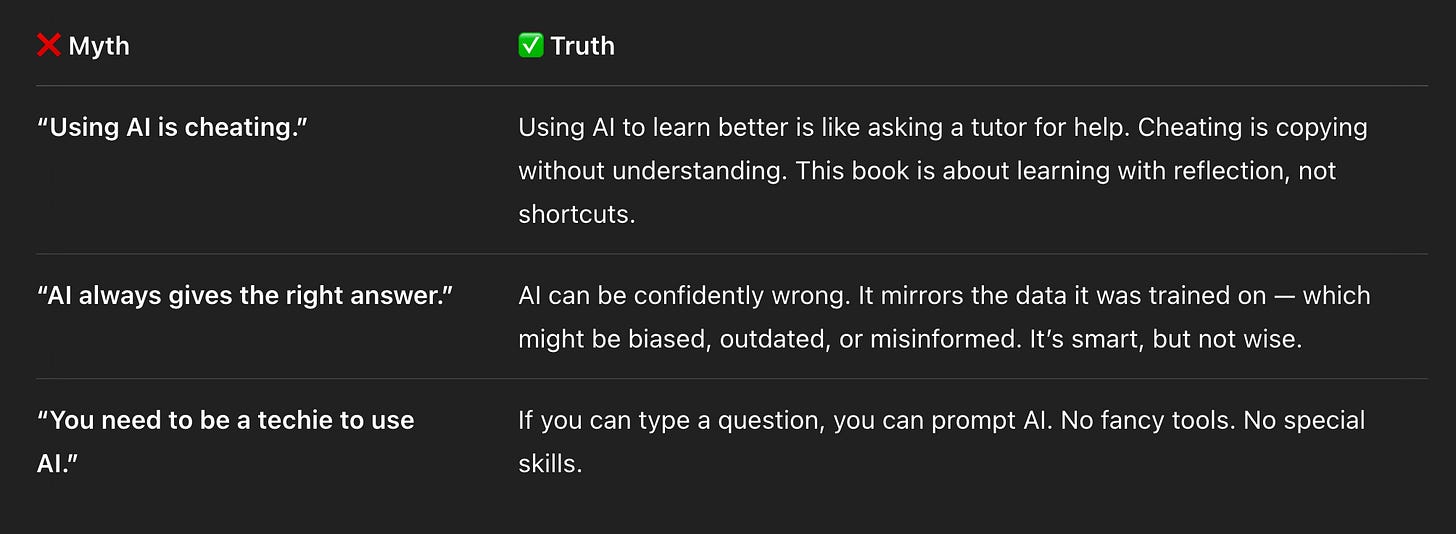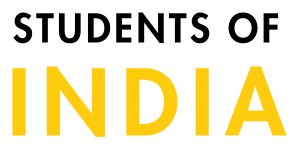Let’s start by clearing the noise.
When you hear the term “AI,” what comes to mind? Robots? Coding? Jobs being taken away?
Here’s a softer, more useful lens:
AI is a tool that learns from data to make predictions or suggestions. It doesn’t feel, think, or create the way humans do. But it can be taught — by us — to help with tasks that involve patterns.
If you’ve:
- Typed into Google and seen suggestions
- Gotten spelling corrections in a doc
- Seen Netflix suggest what you’ll like next
- Heard Siri or Alexa respond to your voice
…you’ve already met AI. It’s not sci-fi. It’s already in your pocket.
Why Should Students Care?
You may not want to become a software engineer — and that’s okay. But AI still matters. Here’s why:
- It can explain confusing topics in a simpler way
- It gives instant feedback without judgment
- It allows private learning — no classroom pressure
- It’s available at midnight or 5 a.m., on your time
According to a McKinsey 2023 study, students using AI-powered learning tools reported lower anxiety and higher focus during solo study.
This book doesn’t assume you’ll become an AI expert. It simply shows how AI can become a quiet companion — helping you think more clearly, not more quickly.
Myths You Can Let Go Of
Let’s address a few things up front:

“I started using AI to explain tough science topics in everyday language. It felt weird at first, but it helped me feel in control again.” — Reyansh, Class 11
A Quick Reflection
- What subjects do you struggle to speak up about?
- What kind of feedback helps you learn best?
- How might it feel to explore those things with AI — privately, gently?
Next Up → Chapter 2: Using AI as Your Study Buddy — Not Your Shortcut

Leave a Reply